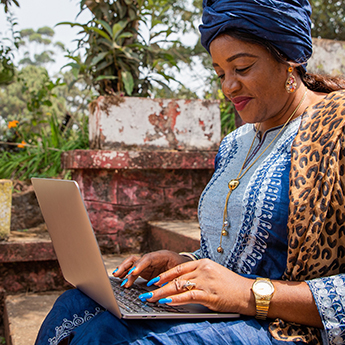
Resources
A Guide to Identifying and Documenting Best Practices in Family Planning Programmes
Data
Publications
Previous

Stories of Change: Sharing Success Stories of Wome...
Next

Adding It Up: Investing in Contraception and Mater...
Topics:
Advocacy & Awareness
Service Delivery & Quality
Partners:
World Health OrganizationOne of the five core functions of the World Health Organization (WHO) is shaping the research agenda and stimulating the generation, dissemination and application of knowledge. This function underscores the importance of knowledge for formulating health strategies at both the national and global levels for the efficient performance of health systems. WHO recognizes the importance of knowledge management methods and tools in the performance of this core function to improve effectiveness and efficiency. The WHO Regional Committee for Africa at its Fifty-sixth Session in 2006 adopted strategic directions and a related resolution on knowledge management (KM).1,2 The strategic directions seek to contribute to the improvement of health systems performance and health outcomes through effective KM in health. The resolution recognizes that KM is about providing the right knowledge for the right people (i.e. policy-makers, practitioners, health systems managers and the public) and in the right format to strengthen health systems and improve health outcomes.
One of the specific objectives of the strategic directions is to maximize the impact of explicit and tacit knowledge, including health research and experiential knowledge, through effective knowledge-sharing and application. Countries are expected to benefit tremendously from exchanging experiences and hard-won solutions with one another. However, one of the significant barriers to knowledge-sharing and reapplication of experience is the limited culture of information and knowledge documentation and sharing. Although relevant knowledge may exist in people’s minds, it cannot always be tapped or it may exist in formats that limit people’s ability to know about it or find it. This underscores the need for decision-makers, health professionals, communities and WHO staff to be able to find, use and share knowledge on experiences of what works and lessons learned.









